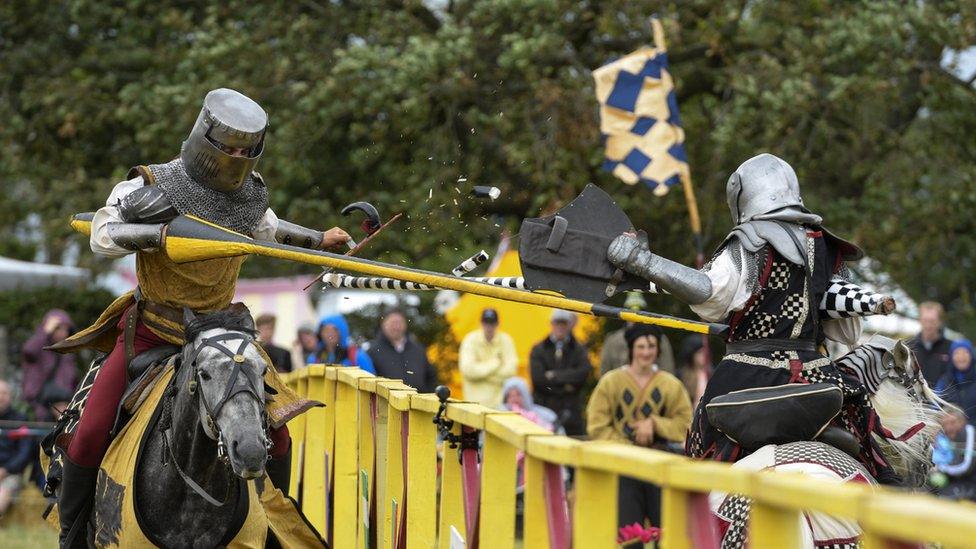Medieval climate change impact on Caerlaverock Castle examined
- Published
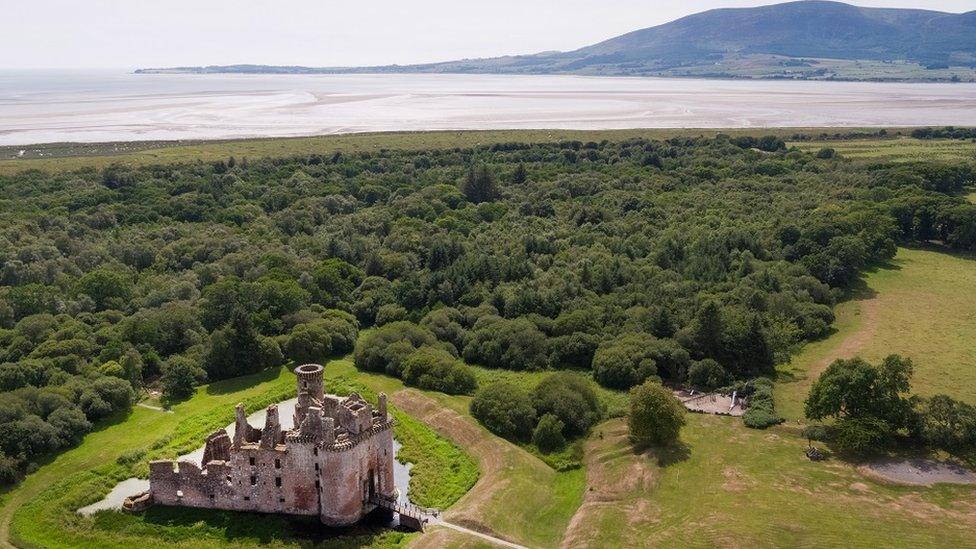
A site at Caerlaverock was abandoned and replaced by one built on higher ground
Experts are to examine the impact of medieval climate change on a castle site in southern Scotland.
A structure built on the Solway Firth at Caerlaverock about 800 years ago was abandoned and replaced by one further inland and on higher ground.
Environmental archaeologists will look at whether the original castle fell victim to huge coastal storms.
The work begins on Saturday with results expected later this year and a full report in 2022.
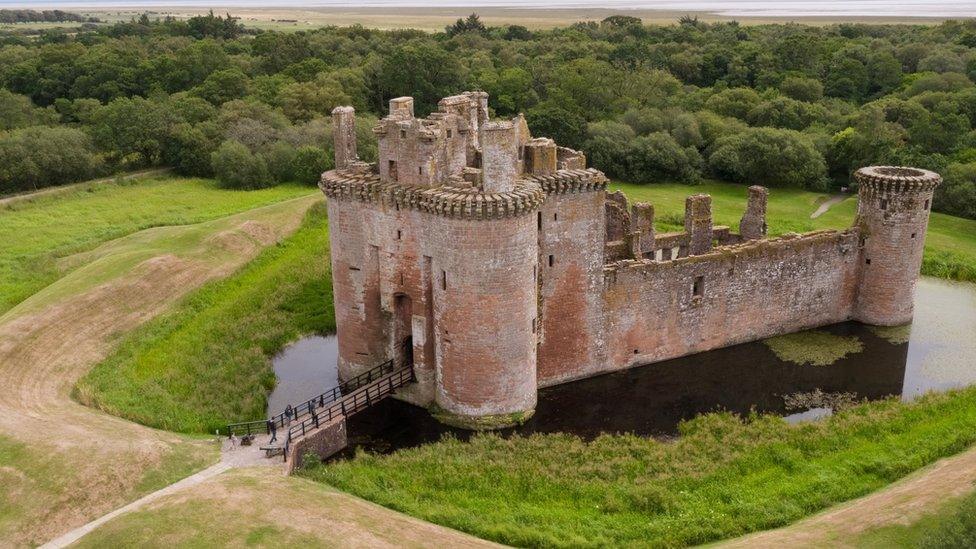
The castle sits next to the Solway Firth
Dr Richard Tipping and Dr Eileen Tisdall, of the University of Stirling, will carry out the studies.
The project has been funded by the Castle Studies Trust with the backing of Historic Environment Scotland (HES).
The first castle is thought to have been built on the coast with a harbour in 1229 to guard the entrance to the River Nith and Dumfries and provide protection against invasion from England.
However, when King Edward I did invade in 1300, he had to besiege a new, stone-built castle constructed further inland and on higher ground.
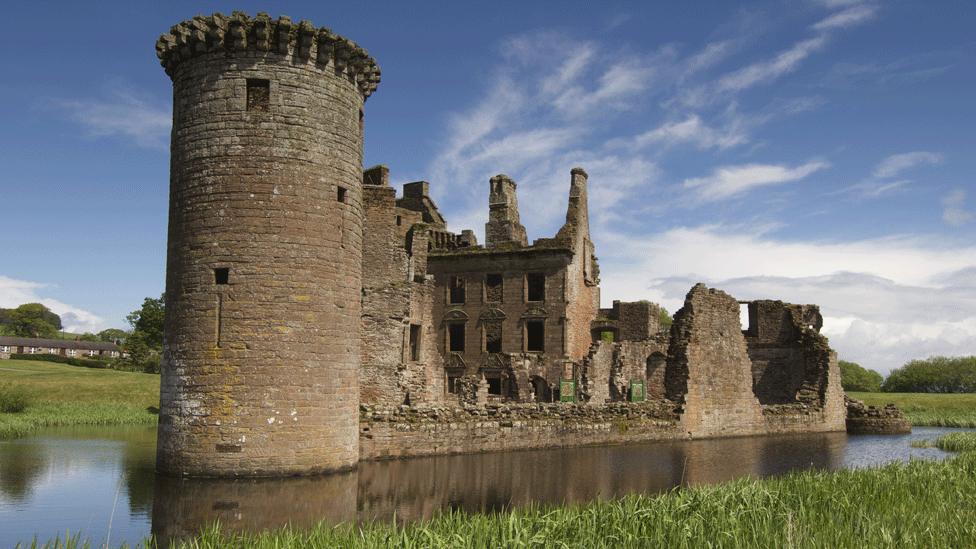
Research will begin at the castle site on Saturday
The site of the old castle is now an "uninviting wetland" with analysis suggesting that huge marine storms may have hit the coast repeatedly.
When they ceased, it is believed the castle could have been left up to 400m (1,300ft) from the coast which prompted the construction of the new building.
Experts will now re-examine the sediments in the area and collect additional samples to trace the "environmental legacy" of the medieval storms and give a clearer history of the castle move.
Dr Richard Tipping and Dr Eileen Tisdall said: "We are very excited to start working on this project, not only after lockdown, but also because understanding what climate changes in the past meant for people then is a key message for people in the coming years."
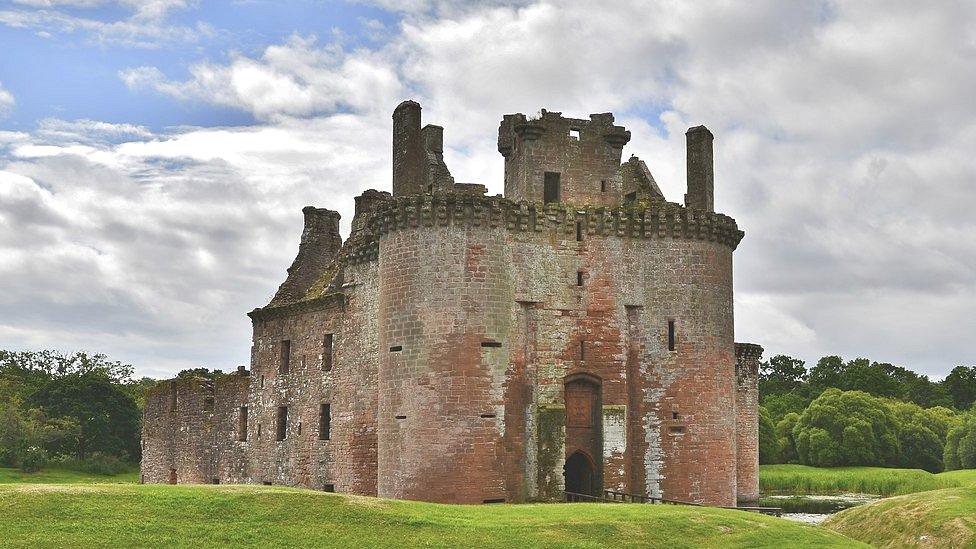
The studies are part of a wider project to improve understanding of the site's history
The Castle Studies Trust said it was pleased to back the project to help identify the reasons for moving the castle.
Chairman of trustees Jeremy Cunnington said it could help understanding of Caerlaverock and also other sites further afield.
Dr Morvern French, properties historian at HES, said: "This cutting edge archaeological research is part of a wider project to improve our understanding of Caerlaverock's history, archaeology, and landscape.
"The work of Richard, Eileen, and the team will enable us to better tell the story of medieval climate change and engage visitors through updated on-site interpretation."
Related topics
- Published22 May 2020
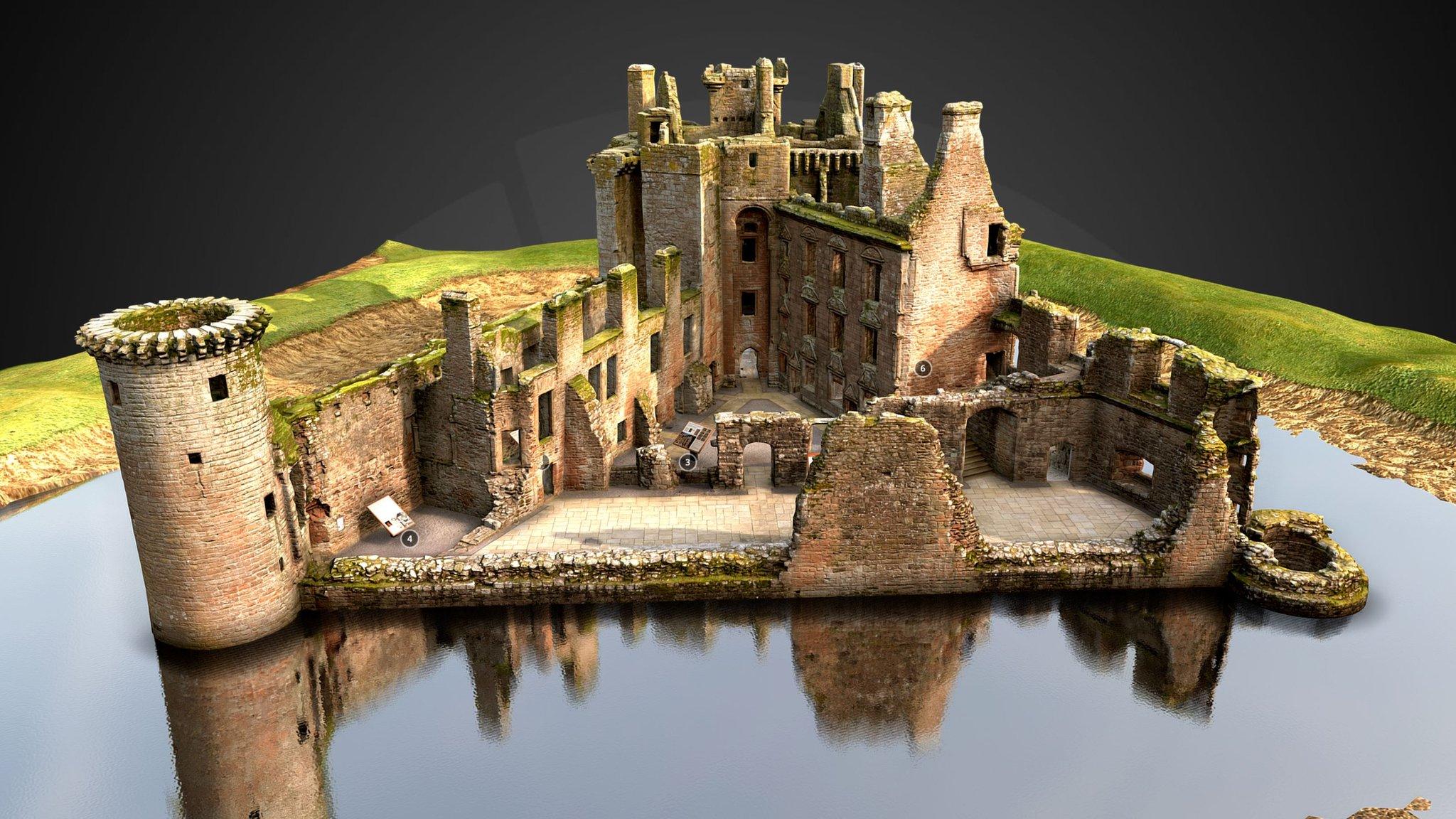
- Published30 July 2018
